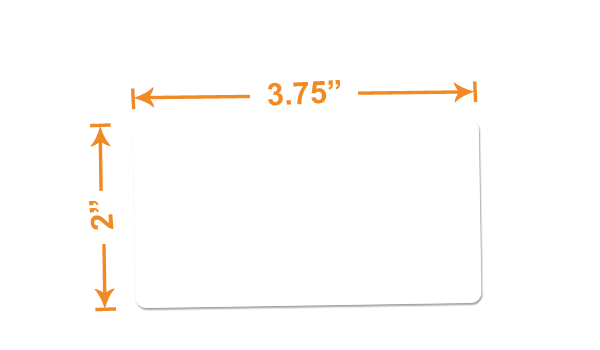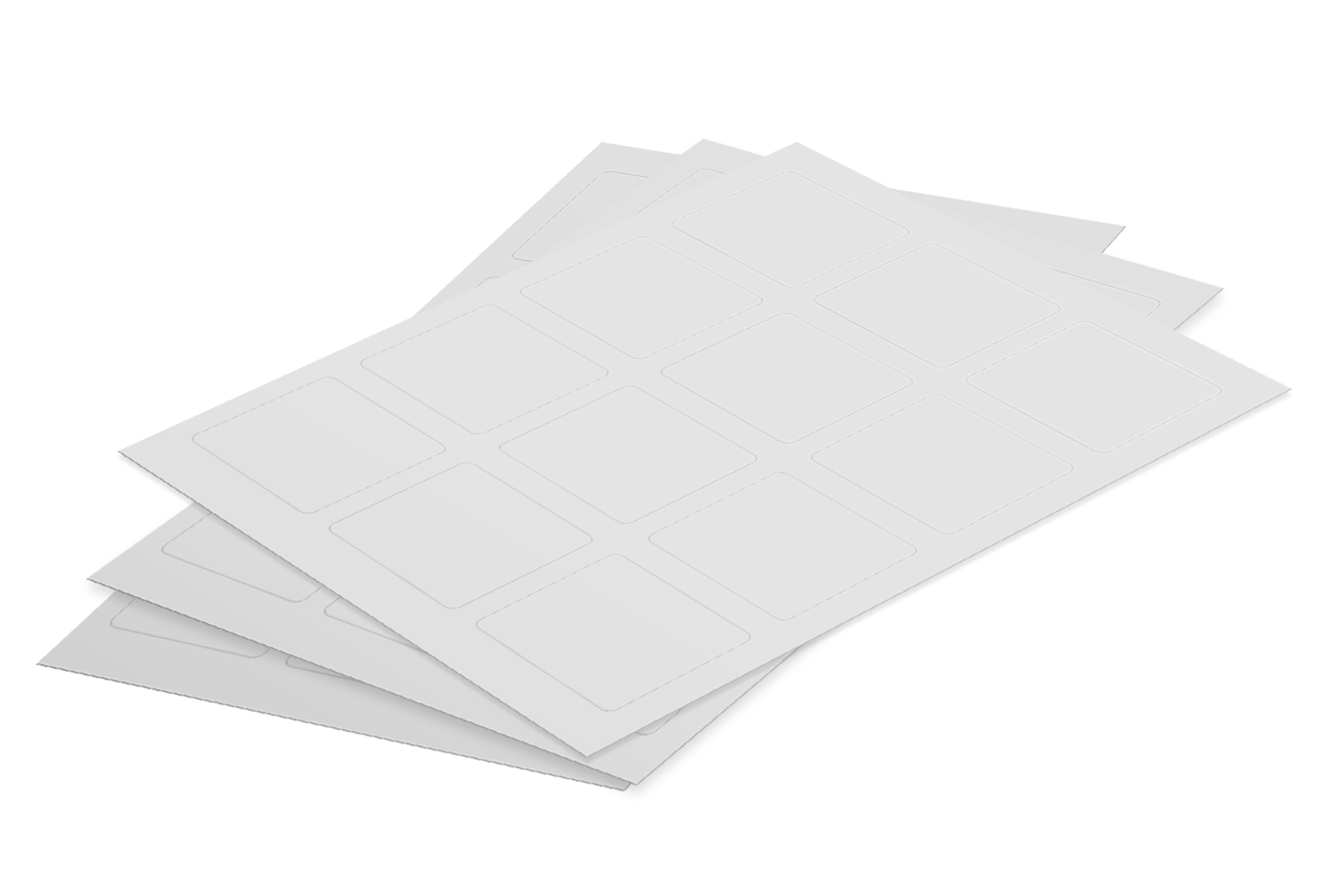Exactly How Space Labels Can Simplify Your Organization and Customized Classifying Jobs
In today's busy environment, effective organization is essential, and blank tags use a functional solution that can improve your custom labeling projects. These labels not only provide flexibility in dimension and form however additionally make it possible for a customized technique that fulfills specific organizational demands. By minimizing reliance on pre-printed alternatives, you can promote performance and sustainability in your labeling methods. Nonetheless, the advantages extend past plain ease; recognizing the numerous methods blank tags can transform your processes is important for maximizing their possibility. What innovative applications could you discover with this straightforward yet effective tool?
Benefits of Using Space Labels
Making use of blank labels provides numerous benefits for company and efficiency in various setups. One considerable benefit is the capability to customize labels according to details needs, which enhances clarity and ease of access. This personalization is specifically important in atmospheres such as offices, stockrooms, and homes, where exact recognition of products is essential for smooth operations.
Furthermore, empty labels can substantially lower time invested on labeling tasks (Blank Labels). Rather than depending on pre-printed labels that may not precisely mirror current supply or job demands, customers can quickly design and print labels as required. This versatility decreases waste and advertises an extra sustainable method to labeling
The cost-effectiveness of blank tags can not be neglected; they give an economical service for services and individuals alike, making certain that labeling needs are fulfilled without incurring unnecessary costs. In recap, the benefits of utilizing blank tags extend beyond simple convenience, offering significant renovations in effectiveness and organization.

Sorts Of Blank Labels Available
When checking out the numerous kinds of empty tags readily available, it's necessary to consider the varied materials and layouts that deal with different applications. Blank tags can be classified into a number of key kinds, each developed for certain uses and atmospheres.
Paper tags are extensively utilized due to their cost and convenience. They appropriate for indoor applications, such as filing systems, item labeling, and company projects. For outside or high-moisture atmospheres, plastic labels offer longevity and resistance to water, making them optimal for identifying containers, outdoor devices, and signage.
Another prominent alternative is thermal transfer tags, which work with thermal printers. These labels are excellent for shipping and stock monitoring, as they supply top quality prints that endure damage. Additionally, specialized tags, such as those with detachable sticky or static cling, serve special objectives, permitting momentary labeling without leaving residue.
Lastly, tag sheets and rolls can be found in numerous shapes and sizes, fitting different printers and applications. Understanding these types of empty labels allows customers to choose one of the most effective options for their business needs, improving performance and clarity in identifying tasks.
Customization Options for Labels
Label modification offers individuals the chance to customize their labeling remedies to meet certain demands and choices. This flexibility is necessary for boosting organization and guaranteeing that each tag offers its anchor desired objective effectively.
One of the primary modification choices is the dimension and form of the labels. Individuals can choose from a range of dimensions to fit different containers, folders, or surfaces. Additionally, the product of the tag-- such as paper, plastic, or polyester-- can be selected based on sturdiness demands and environmental conditions.
Color is another crucial facet of modification. Customers can choose certain colors to match branding or to create an aesthetic coding system that assists in fast recognition. Moreover, message and graphic options allow for personalized messages, logo designs, or icons, making sure that tags share the needed info plainly and wonderfully.
Practical Applications for Everyday Usage

In the office, empty tags offer a myriad of features. They can be put on file folders, making sure records are conveniently retrievable. In addition, classifying tools and devices aids keep an arranged workspace, facilitating effectiveness and efficiency. Blank labels can likewise be used for inventory management, allowing businesses to track stock levels and streamline ordering procedures.
Educational setups benefit greatly from empty labels - Blank Labels. Educators can use them to classify class supplies, developing an orderly setting for learning. Trainees can label individual items to avoid mix-ups, advertising responsibility and liability
Furthermore, throughout events or celebrations, blank tags can assist in arranging name tags, food items, and materials, guaranteeing a smooth experience for attendees. On the whole, the flexibility of empty labels makes them an important device for enhancing organization across different daily applications.
Tips for Effective Identifying Tasks
Reliable labeling jobs require Home Page mindful preparation and focus to detail to optimize their business benefits. To begin, specify the purposes of your labeling project clearly. Recognize what items need labeling and the certain details each label need to share. This will improve your style procedure and ensure significance.
Next, select the suitable label type and material based on the atmosphere and duration of use. Water-proof tags are ideal for outdoor applications, while removable tags function well for short-lived company.
Layout your tags with quality in mind. Blank Labels. Usage legible fonts, contrasting shades, and basic graphics to improve readability. Consistency in label size and format additionally adds to a natural feel and look
Throughout the application stage, make sure surface areas are clean and dry to advertise attachment. Arrange labels rationally, grouping comparable things with each other to enhance effectiveness.
Lastly, evaluate the performance of your labeling system occasionally. Obtain comments from users and make changes as needed. By utilizing these techniques, you can create a labeling system that not just improves organization but additionally enhances overall productivity and access.
Final Thought
